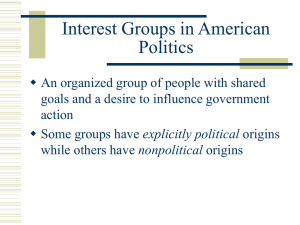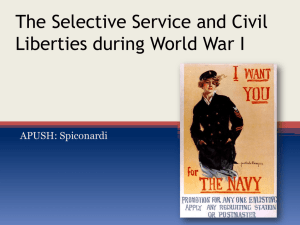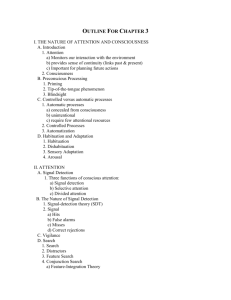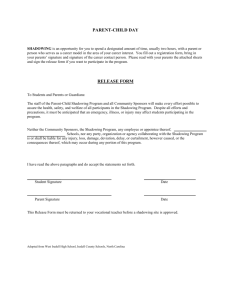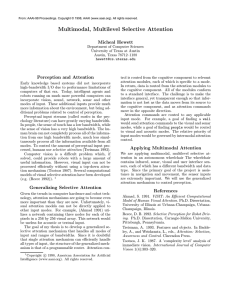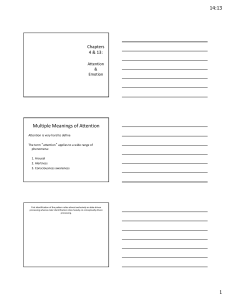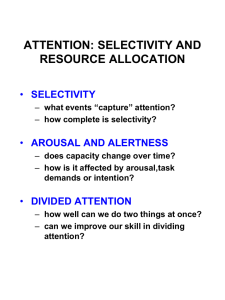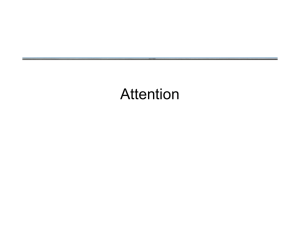PSY510 - Cognitive Psychology. J.P. Toth. Spring 2013 Key terms
advertisement
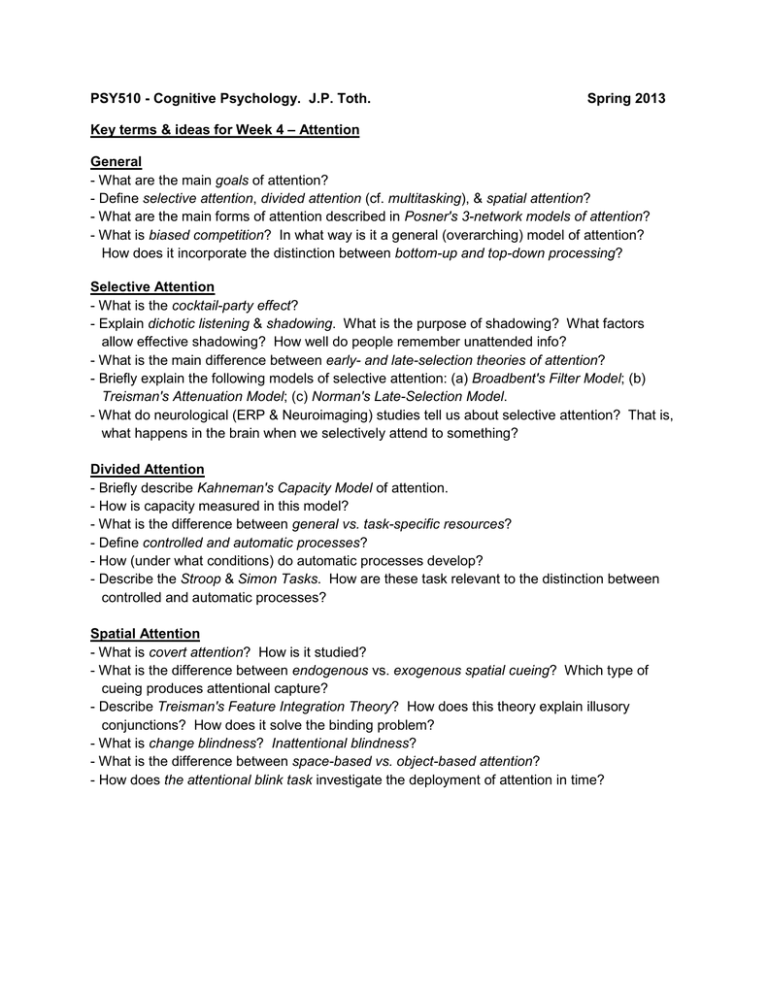
PSY510 - Cognitive Psychology. J.P. Toth. Spring 2013 Key terms & ideas for Week 4 – Attention General - What are the main goals of attention? - Define selective attention, divided attention (cf. multitasking), & spatial attention? - What are the main forms of attention described in Posner's 3-network models of attention? - What is biased competition? In what way is it a general (overarching) model of attention? How does it incorporate the distinction between bottom-up and top-down processing? Selective Attention - What is the cocktail-party effect? - Explain dichotic listening & shadowing. What is the purpose of shadowing? What factors allow effective shadowing? How well do people remember unattended info? - What is the main difference between early- and late-selection theories of attention? - Briefly explain the following models of selective attention: (a) Broadbent's Filter Model; (b) Treisman's Attenuation Model; (c) Norman's Late-Selection Model. - What do neurological (ERP & Neuroimaging) studies tell us about selective attention? That is, what happens in the brain when we selectively attend to something? Divided Attention - Briefly describe Kahneman's Capacity Model of attention. - How is capacity measured in this model? - What is the difference between general vs. task-specific resources? - Define controlled and automatic processes? - How (under what conditions) do automatic processes develop? - Describe the Stroop & Simon Tasks. How are these task relevant to the distinction between controlled and automatic processes? Spatial Attention - What is covert attention? How is it studied? - What is the difference between endogenous vs. exogenous spatial cueing? Which type of cueing produces attentional capture? - Describe Treisman's Feature Integration Theory? How does this theory explain illusory conjunctions? How does it solve the binding problem? - What is change blindness? Inattentional blindness? - What is the difference between space-based vs. object-based attention? - How does the attentional blink task investigate the deployment of attention in time?


